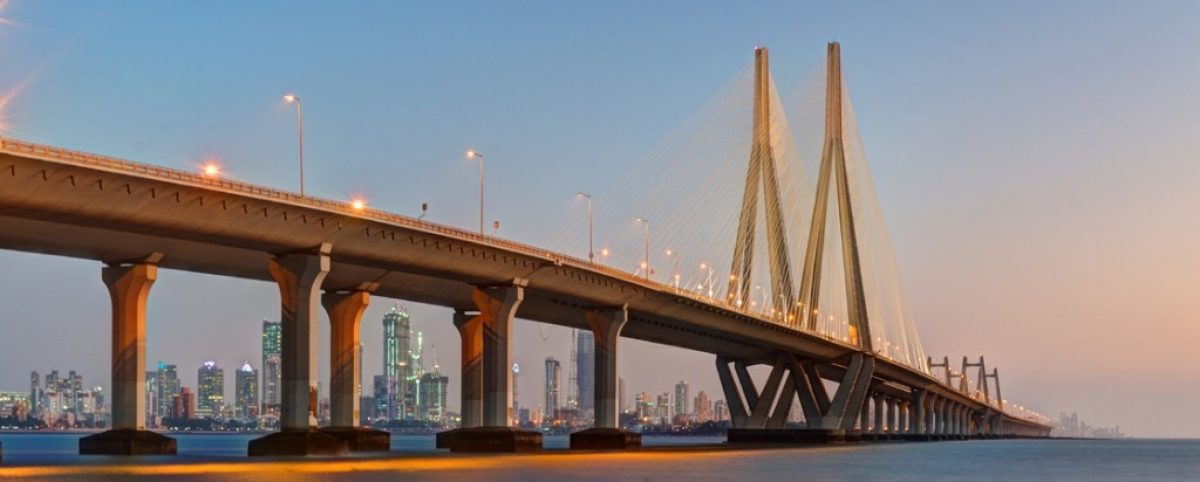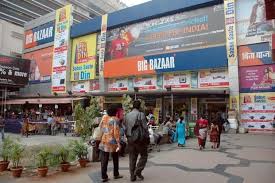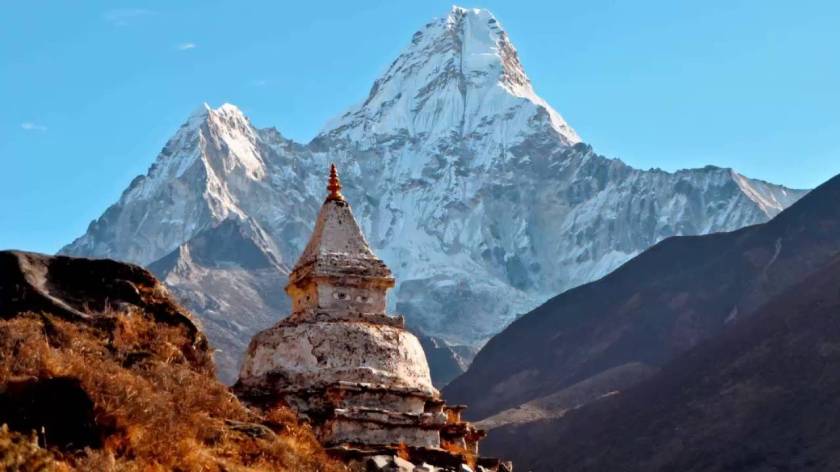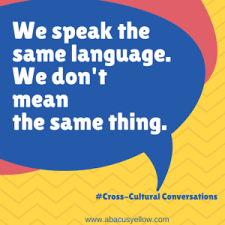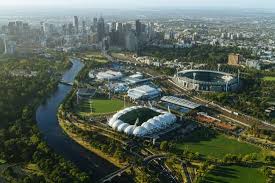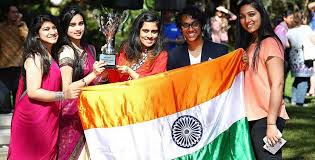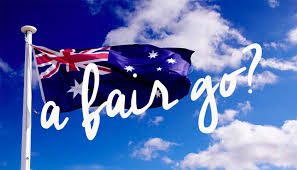The Indian retail market is changing fast, with a rapid consumer move to buying fast moving consumer goods (FMCG) via major retail outlets. This is happening across India but is fastest in urban centres.
India’s first major store was Big Bazaar which opened in Kolkata in 2001. For the first time, following demonetisation and implementation of the goods and services tax (GST), modern trade has touched the double-digit mark, accounting for 10% of the overall revenue of the FMCG sector, according to market research and insights provider The Nielsen Co.

Modern trade’s growth stood at 25% during the April-June quarter, compared with 16% in the July-September quarter last year.
According to Nielsen, stores that stock FMCG products, operate on a self-service business model and provide shopping baskets or carts to customers are classified as “modern trade” stores.
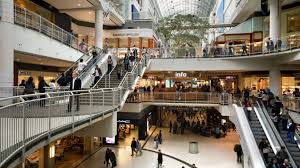
Stores include names such as Big Bazaar and DMart.
For Marico Ltd, the maker of Saffola and Parachute oils, channels such as modern trade comprise 11% of India sales, and are growing at 39%. On the other hand, e-commerce, comprising 1% of India sales, is growing at four times the overall growth rate, according to recent report by SBICap Securities Ltd.

Urban retail is growing due to rising urban household incomes and increasing penetration of organised retail in urban centres. The share of urban retail is expected to grow from 49% in 2015-16 to 52% by 2019-20, according to a May 2018 report by Firstcall Research.
Modern retail is seeing retailers launch new stores and consolidate their footprints. For instance, in 2017-18, Avenue Supermarts Ltd, which runs DMart chain of stores, added 24 stores, taking its total count to 155.

Over the last few years, Kishore Biyani’s Future Retail Ltd has strengthened its footprint in western India with the acquisition of Hypercity Retail India Ltd. In the north, the company acquired Easyday chain from Bharti Enterprises and Big Apple. In South India, the retailer bought Nilgiris and Heritage Foods chains.


